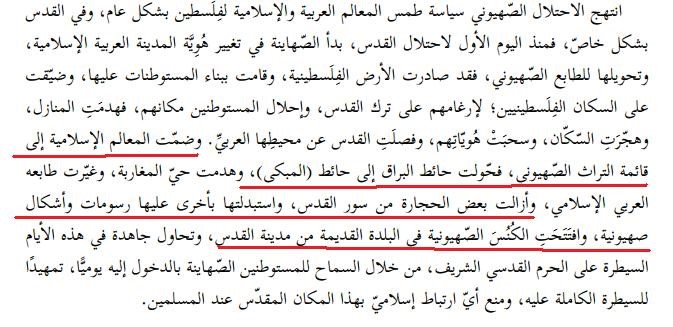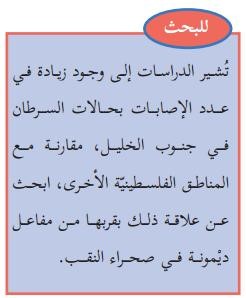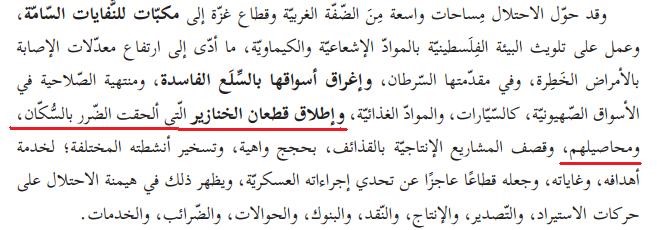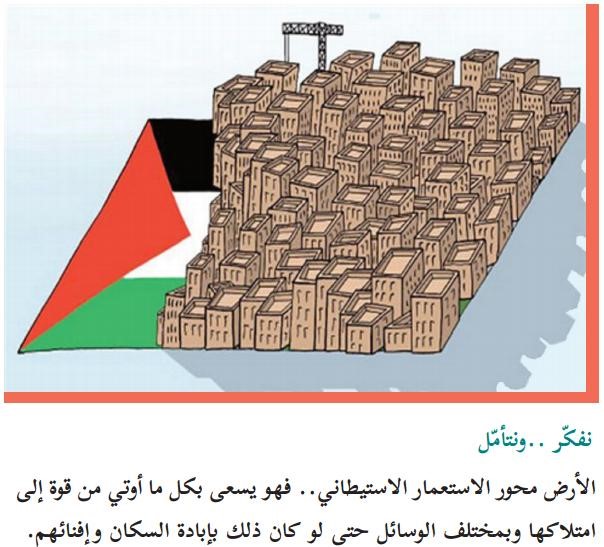by AP and Israel Hayom
Hat tip: Dr. Jean-Charles Bensoussan
Thousands of Iranian-backed fighters are advancing across Syria's east, bringing Tehran closer to goal of securing a corridor from its border to the Mediterranean
Thousands of Iranian-backed fighters in
Syria's central desert region are advancing east, bringing Tehran closer
to its goal of securing a corridor from its border, through Iraq and
all the way to the Mediterranean and providing it unhindered land access
to its allies in Syria and Lebanon for the first time.
The land-route would be the biggest prize yet for Iran in its involvement in Syria's six-year-old civil war.
It would facilitate movement of Iranian-backed
fighters between Iran, Iraq, Syria and Lebanon as well as the flow of
weapons to Damascus and Lebanon's Hezbollah, Iran's main proxy group. It
also positions Iran to play a prime and lucrative role in what is
expected to be a massive rebuilding effort in both Iraq and Syria, which
have been devastated in their ongoing wars.
The potential for a physical artery for Iran's
influence across the region is raising concern in predominantly Sunni
Arab countries and in Israel. It also poses a challenge to U.S.
President Donald Trump's administration, which has vowed to fight Iran's
growing reach.
The route is largely being carved out by
Iran's allies and proxies, a mix of forces including troops of Syrian
President Bashar Assad, Hezbollah fighters and Shiite militias on both
sides of the border aiming to link up. Iran also has forces of its own
Revolutionary Guard directly involved in the campaign on the Syrian
side.
Prime Minister Benjamin Netanyahu, who met Wednesday with Russian President Vladimir Putin in the Russian resort of Sochi, warned that Iran's increased presence in Syrian and Lebanon could spell war for the Middle East.
During the two leader's meeting, Netanyahu
said Iran's growing role in Syria poses a threat to Israel, the Middle
East and the world.
"Mr. President, with joint efforts we are
defeating Islamic State, and this is a very important thing. But the bad
thing is, that where the defeated Islamic State group vanishes, Iran is
stepping in. We cannot forget for a single minute that Iran threatens
every day to annihilate Israel. It [Iran] arms terrorist organizations,
it sponsors and initiates terror," Netanyahu said.
Iran, he said, "is already well on its way to
controlling Iraq, Yemen and to a large extent in already in practice in
control of Lebanon. ... Iran's aggression in the region continues to
grow. The regime is trying to entrench itself militarily on Israel's
border. Israel cannot and will not allow this. Any cease-fire which
allows Iran to establish a foothold in Syria is a danger to the entire
region."
Destabilizing the region
The corridor the Islamic republic is striving
to create would be a boost for Hezbollah, the Lebanon-based
Iranian-backed Shiite terrorist group, which has an arsenal of tens of
thousands of rockets and missiles. Iran currently ships weapons to
Hezbollah mostly by flying them to Syria to be shipped on the ground to
Lebanon.
Israel has warned it would do what it can to
keep Iran from threatening its borders and has carried out airstrikes in
Syria against weapons shipments bound for Hezbollah. Israel pushed hard
for a U.S- and Russia-brokered truce that came into effect recently in
southern Syria to keep Iranian-backed militias at a distance from the
its shared borders with Syria and Lebanon.
The land route is by no means a fait accompli. Any road link will likely be a frequent target by Sunni insurgent groups.
But Iran's allies are making progress on both sides of the border, taking territory from the Islamic State group.
In recent months, Syrian troops and allied
militiamen have marched forward on three fronts toward areas bordering
Iraq. One of their main targets is the IS-held eastern city of Deir
ez-Zour, where the militants have imposed a siege for years on a small
government-held pocket.
Syrian troops and pro-Iranian Iraqi militiamen
do already meet at one small area on the border -- at the Jamouna
region on the Iraqi side and Wadi al-Waer on the Syrian side. But the
area is too dangerous to be used as a corridor, since militants continue
to launch hit-and-run attacks.
Syrian troops reached another part of the border in June, but much of the adjacent territory on the Iraqi side is still IS-held.
Inside Iraq, Iranian-backed Shiite militiamen
are gaining more influence in predominantly Sunni areas bordering Syria.
Militiamen are involved in the battle to retake the Iraqi town of Tel
Afar, which would boost the militias' hold on the nearby border region.
The Shiite militiamen are also present in Iraq's western Anbar province
bordering Syria.
"Our aim is to prevent any barriers from Iraq
to Syria all the way to Beirut," said Jaafar Husseini of Iraq's Kataeb
Hezbollah militia. "The resistance is close to achieving this goal."
Husseini warned that if the Americans try to
act against the advances on the Syrian side, Iraqi militiamen will
target U.S. troops in Iraq.
U.S.-backed Syrian fighters had aimed to move
up from southeastern Syria to the north through Islamic State-held
territory along the Iraqi border, an assault that would have blocked
pro-Iranian forces' moves to link up. But in June, Assad's forces
succeeded in reaching the border first, cutting them off. Now the
American allies are preparing to try to from the other direction, moving
south along the border from the northeastern province of Hassakeh,
according to Syrian activists.
In addition to hundreds of members of Iran's
Revolutionary Guard corps, thousands of pro-Iranian fighters are
deployed in Syria and have played instrumental role in shoring up
Assad's forces. They include Lebanon's Hezbollah, Afghanistan's
Fatimiyoun, Pakistan Zeinabiyoun as well as Iraq's Nujbaa and Kataeb
Hezbollah groups.
Iranian leaders avoid publicly speaking about
their aim to link to so-called "axis of resistance," referring to Iran,
Hezbollah, Syria and other anti-Israel forces. But its allies have no
qualms about showing their ambition.
"The aim is for a geographical connection between Syria, Iraq and the axis of resistance," Syrian Information Minister Ramez al-Turjuman said in a TV interview.
"The aim is for a geographical connection between Syria, Iraq and the axis of resistance," Syrian Information Minister Ramez al-Turjuman said in a TV interview.
AP and Israel Hayom
Source: http://www.israelhayom.com/site/newsletter_article.php?id=44835&hp=1
Follow Middle East and Terrorism on Twitter
Copyright - Original materials copyright (c) by the authors.













